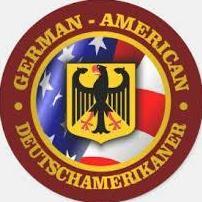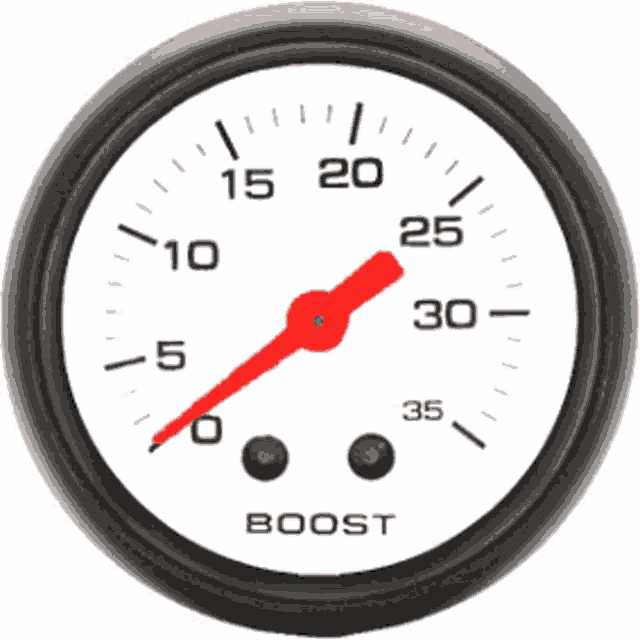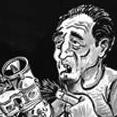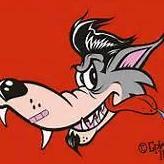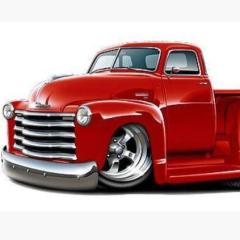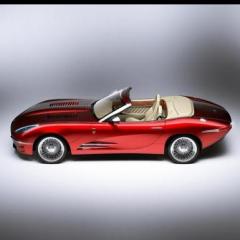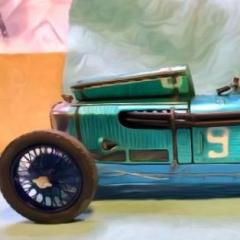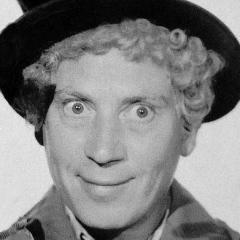-
Posts
3,719 -
Joined
-
Last visited
About ismaelg
- Birthday 06/16/1970
Previous Fields
-
Are You Human?
yes
-
Scale I Build
1/24 1/25 1/48
Contact Methods
-
Website URL
http://www.puertoriconet.com/models/
Profile Information
-
Full Name
Ismael E. Gonzalez-Valentin
ismaelg's Achievements

MCM Ohana (6/6)
-

LADIES AND GENTLEMEN: The Chrysler Atlantic concept, my way
ismaelg replied to ismaelg's topic in Model Cars
Thank you Roger! Appreciate it. -

LADIES AND GENTLEMEN: The Chrysler Atlantic concept, my way
ismaelg replied to ismaelg's topic in Model Cars
Thank you everybody for your nice comments! Looking at it, this is one of my best paint jobs in recent years. The pictures don't do it full justice. Thanks, Ismael -
ismaelg started following ....... Jar Jar Binks ....... , Mercedes Benz 300 SL Roadster (Italeri) AND Gullwing (Tamiya) , 63 Nova wagon quick build and 5 others
-

Mercedes Benz 300 SL Roadster (Italeri) AND Gullwing (Tamiya)
ismaelg replied to Greasefinger's topic in Model Cars
Both are beautiful great builds! The Gullwing is one of the most beautiful cars ever made.- 29 replies
-
- 1
-

-
I think it looks very cool!
-

1971 Chevrolet Chevelle “Heavy Chevy” in Lime Mist.
ismaelg replied to jmk0303's topic in Model Cars
Very nice Chevelle build! -
That's a beauty!
-
Very nice! Loved that movie. For years I thought I was the only one who saw it.
-
Beautiful '70!
-
Hello, After working the primer, I just shot the very first color coat. This was a light coat and will eventually be color sanded to almost nothing. But I see it is going in the right direction. Yes, they built these cars with a lot of care and passion. I am sure the paint job was the best they could do. But this was a race car from 1920. I am SURE it was not a mile deep clearcoated SEMA show car we see today. So I am trying to walk a fine line here between "just right" and "going overboard" if you see what I mean. Thanks, Ismael
-
Love this creation! And the name is very appropriate.



